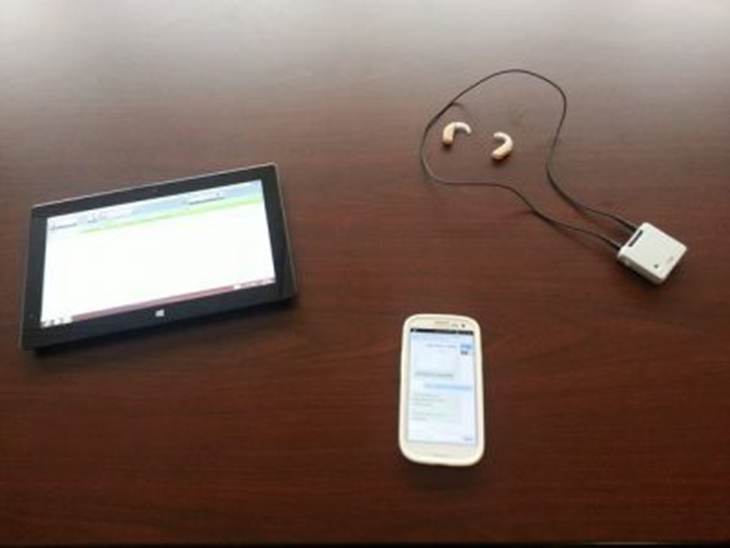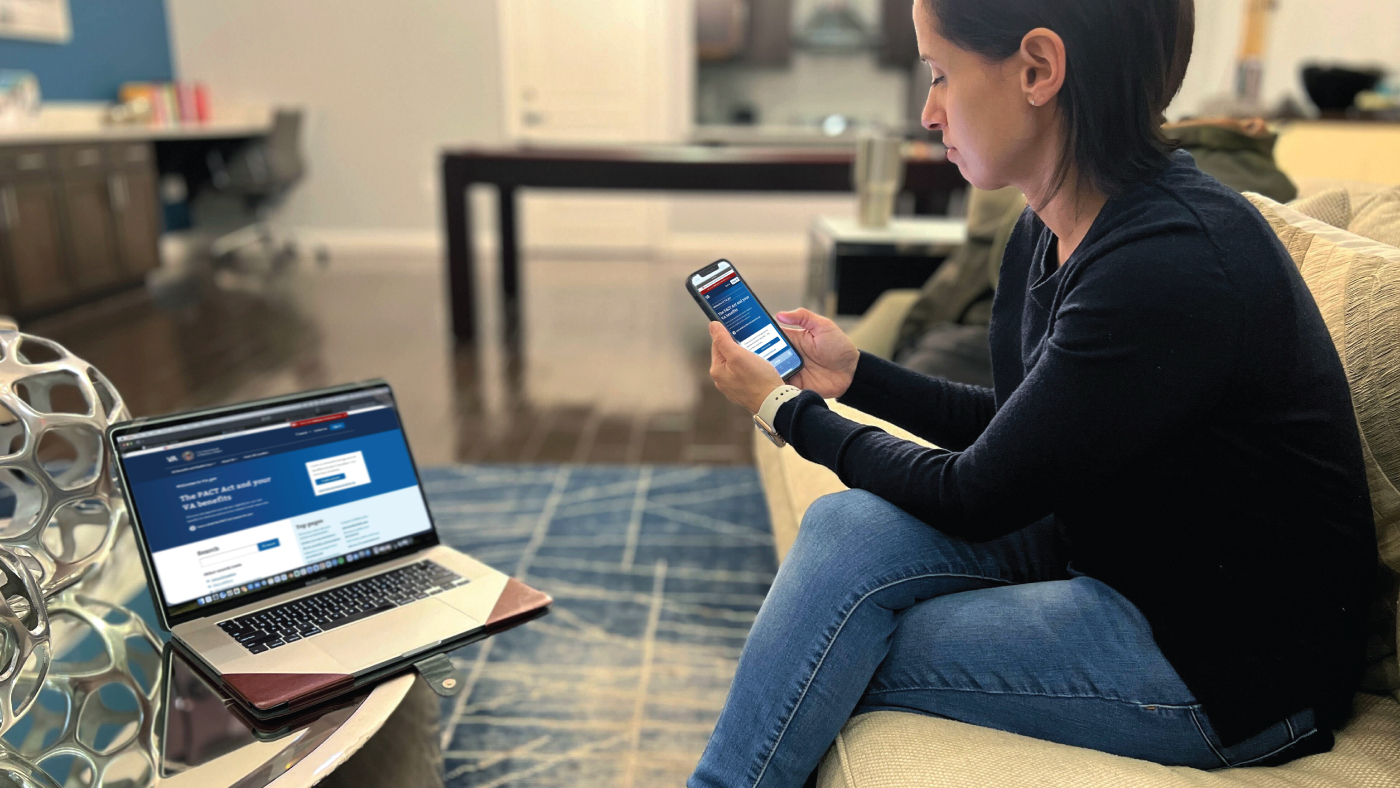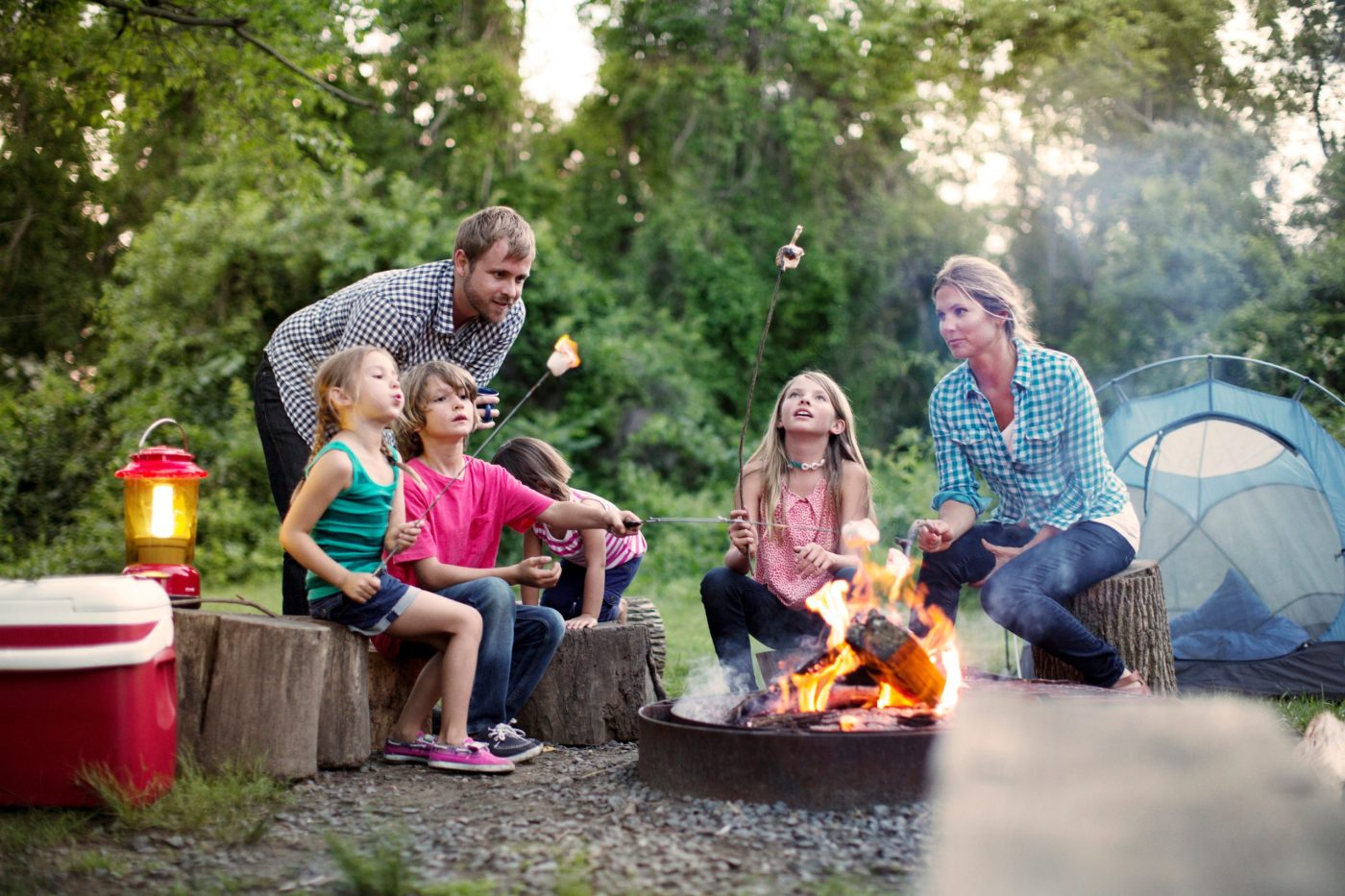For many Veterans leaving from active duty, there is a certain level of adjustment that needs to be made to return to the day to day routine of civilian life. For some lucky individuals it can be simple as waking up whenever they want.
However, there are others whose adjustment has been a lot more difficult due to injuries sustained whilst on duty. These injuries can impact significantly the ways in which Veterans can finish regular household duties and responsibilities that many take for granted; answering the door, changing a light bulb, cleaning the house and many other household chores.
With the rapid growth of smart home technology sector over the last five years, many people have been refurbishing and updating their homes with amazing new gadgets designed to improve the quality of life by making homes more convenient. However, for injured Veterans these technical solutions are more important than a convenience; they are recovering independence.
Some of the key smart devices that have been found to be essential for severely injured Veterans include:
- Smart thermostats: These devices have been particularly important for Veterans with amputations to help regulate body temperature. Many Veterans with amputations often report feeling overheated due to reduced body mass, and the thermostats not only allow them to change settings via their smartphone but also control which room’s temperature needs to be adjusted so that other family members’ comfort isn’t impacted.
- Smart home security: Security at home is often a priority for Veterans and the RISE smart homes include a full suite of smart security devices including smart door locks, doorbell cameras, security cameras, alarms, and sensors. Smart home security in addition to reducing the physical demands on the Veteran can assist in the relief of some of the symptoms of PTSD.
- Lighting and appliance control: Being able to control lighting from the smartphone not only allows less mobile Veterans to control their surroundings but it also increases the comfort level for those who have experienced extreme burns by reducing the intensity of the lighting.
- Motorized furniture and appliances: The smart homes can include motorization of doors, stoves, cupboards in order to provide easier access to Veterans confined to wheelchairs or have restricted mobility.
One of the downsides of these technical solutions is that they are not always cheap and they take a lot of knowledge and expertise to set up properly. Fortunately, there are a few wonderful charity foundations which provide financial support for housing for Veterans. I would like to introduce them to you for those who require that extra support but also for those who wish to donate.
Restoring Independence Supporting Empowerment (RISE) Program – Gary Sinise Foundation

Scott mentions that some of the unexpected feedback he received from Veterans who have received smart homes is the amount of effort and personal energy they now save doing household activities and chores. The effort required to manually operate regular appliances can add up over the course of the day leaving many feeling exhausted. Smart homes allow these Veterans to dedicate their energy to more important aspects of their lives, like family and friends.
To learn more about the Gary Sinise Foundation and RISE, click here.
Building for America’s Bravest Program – Stephen Siller Tunnel to Towers Foundation.
Building for America’s Bravest is an amazing program which forms part of the Stephen Siller Tunnel to Towers Foundation. It provides financial assistance to provide custom designed houses with fully integrated smart home technology for some of the most severely injured Veterans whose mobility has been significantly restricted. Building for America’s Bravest currently has 56 homes completed or in development all across the United States.
We spoke with Catherine Christman, spokesperson for the Stephen Siller Tunnel to Towers Foundation. Catherine highlighted that these adjustments to the Veteran’s home allow them to maintain a closer connection with their families, noting that thanks to wide doorways to rooms throughout the house, one young Veteran and father was now able to read bedtime stories to his daughter again, and assist his wife with giving their children baths, and then, because of a customized cooktop and microwave oven both featuring low heights that ensure easy accessibility from their wheelchairs, these Veterans are now able to cook for themselves and their families.
Additionally, other features that are proving invaluable are the doorbell cameras and smart security systems which enable these veterans to immediately respond when the doorbell rings, and converse with whoever is at their door. This means fewer daily frustrations–like not having packages delivered because the delivery men, thinking no one is home, leave too quickly.
To learn more about the Stephen Siller Tunnel to Towers Foundation and their program Building for America’s Bravest, click here.
About the author: Joseph Mack is with smarthomeSAGE, a blog which analyzes the impact the smart home technology revolution has on the household.
Topics in this story
More Stories
VA reduces complexity for Veterans, beneficiaries, and caregivers signing in to VA.gov, VA’s official mobile app, and other VA online services while continuing to secure Veteran data.
Summer can be a joyful time of year, but some outdoor activities can be hard for some Veterans. In this guest post, former VA Secretary Bob McDonald shares resources and plans to navigate summer activities.
"A CAPITOL FOURTH" airs on PBS Thursday, July 4, 2024 from 8:00 to 9:30 p.m. E.T.







